Significant improvement of the enforcement and supervision of the Israeli Antiquities laws on the Temple Mount
Since the summer of 2007 we have witnessed a positive trend concerning the enforcement of the antiquities laws, and the Israel Antiquities Authority’s (IAA) supervision of construction work on the Temple Mount. An especially significant improvement took place following the investigation by the State Comptroller in 2008.
The construction work currently taking place on the Temple Mount is a good example of this trend. The Awaqf began digging channels as preparation for placing sewage systems in the area just north of the northwestern section of the raised platform two weeks ago. The depth of the channels reaches 40cm, though in some spots deeper holes were dug for installing manholes. The total length of all the channels is c. 150 m, and they cover an area of c. one dunam.
The excavations do not penetrate to a great depth, though we must take into account that the bedrock in this area is very close to the surface, and in some areas it is actually exposed. Prof. Asher Kaufman discovered remains of a Byzantine mosaic floor in this area during the 1980’s, and the IAA further exposed it in 2009. Furthermore, Kaufman published remains of a number of walls which could still be seen in this area. Some of them were previously documented during the 19th century by the architect and researcher Conrad Schick. The remains of an ancient moat which was documented by researchers who surveyed and mapped the Temple Mount during the 19th century is also located to the north of this area. This moat protected the pre-Herodian Temple Mount precinct, and was probably sealed off by the Roman military leader Pompey when he besieged the Temple Mount in 63 BCE.
The existence of a Byzantine mosaic on the Temple Mount is surprising as the historical sources do not indicate the existence of any structures on the Mount during this period. This assumption has been weakened following the finds from the Temple Mount Sifting Project. Moreover, in 2009 we found evidence of a Byzantine mosaic in the archive of the Mandatory Antiquities Department. This mosaic floor was discovered during Awaqf excavations that took place in the 1940’s under the floor surface of the Al-Aqsa Mosque. In the framework of the Sifting Project we discovered over half a million mosaic tesserae, as well as many mosaic floor fragments which are still held together by plaster.
A few examples of the many sections of Mosaic floors and walls which were found at the Temple Mount Sifting Site
In light of this, there is no doubt that all earthworks in the area to the north of the raised platform, and south of the moat, necessitate strict archaeological supervision and even a preliminary rescue excavation before the area can be released for the development of new infrastructures.
It is required by law to convene the ministerial committee for Holy Places prior to any construction work, including infrastructure changes, on the Temple Mount. However, until 2009 all Israeli Prime Ministers prevented the convening of this committee, and all issues relating to the Temple Mount were dealt directly by the Prime Minister. The authorizations for any construction work were given orally and informally. In the current case and in several other cases during the last few years, however, this ministerial committee was convened. Following their discussions, construction work has been approved, including in the current case.
As opposed to previous years, most of the infrastructure work taking place on the Temple Mount recently, including the current work, enjoy close supervision by the IAA inspectors, and in some cases important finds have been discovered and collected by them, and will hopefully be officially published one day.
A Policeman and IAA archaeologist supervising the construction work
It seems as if the activity of the Public Committee for the Prevention of Destruction of Antiquities on the Temple Mount, as well as the public protests and hundreds of thousands of people who took part in the Temple Mount Sifting Project and were exposed to the archaeological destruction, were indeed successful in creating a heightened public awareness to the issue, which in turn influenced also the political decision makers.
Discover more from The Temple Mount Sifting Project
Subscribe to get the latest posts sent to your email.




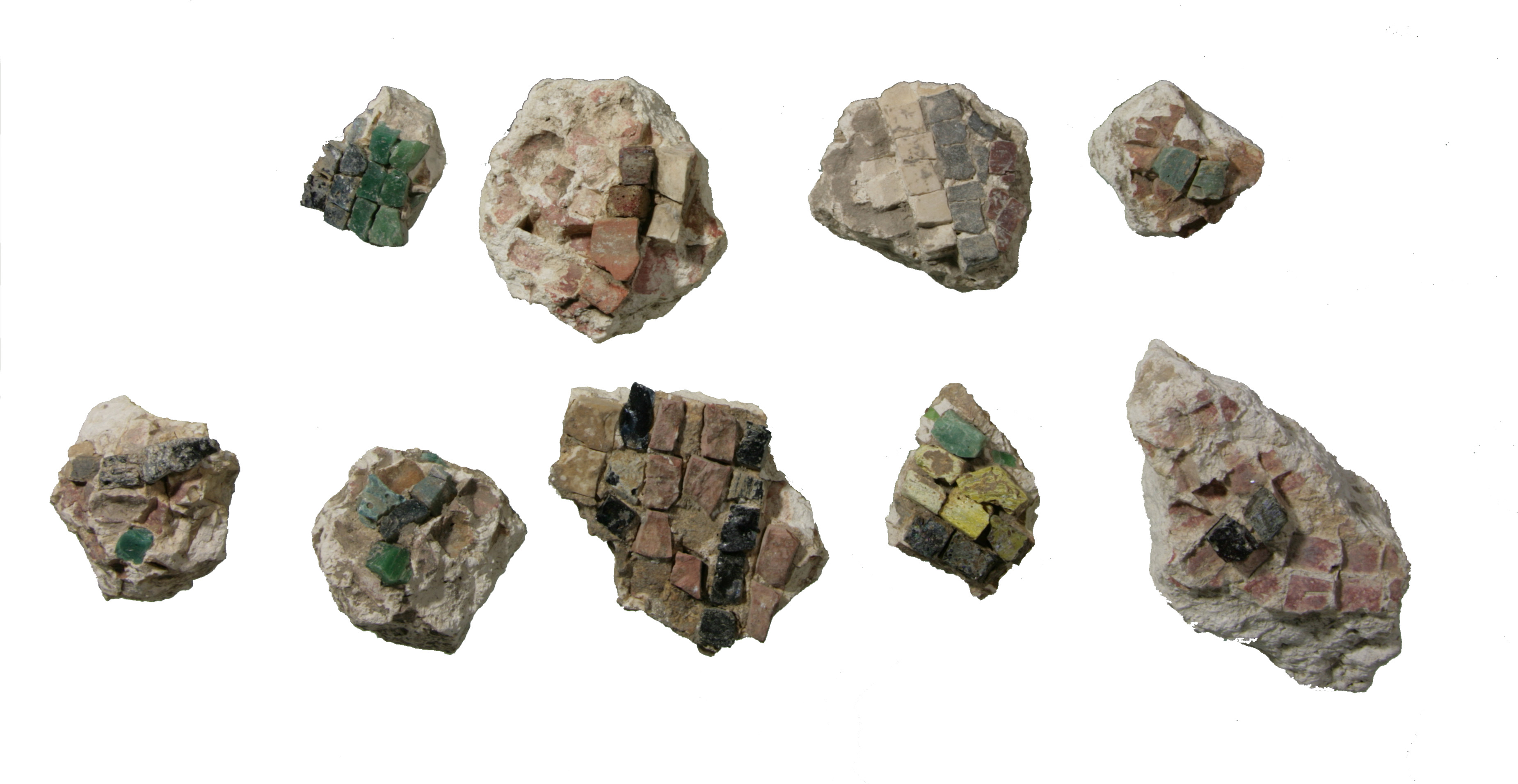

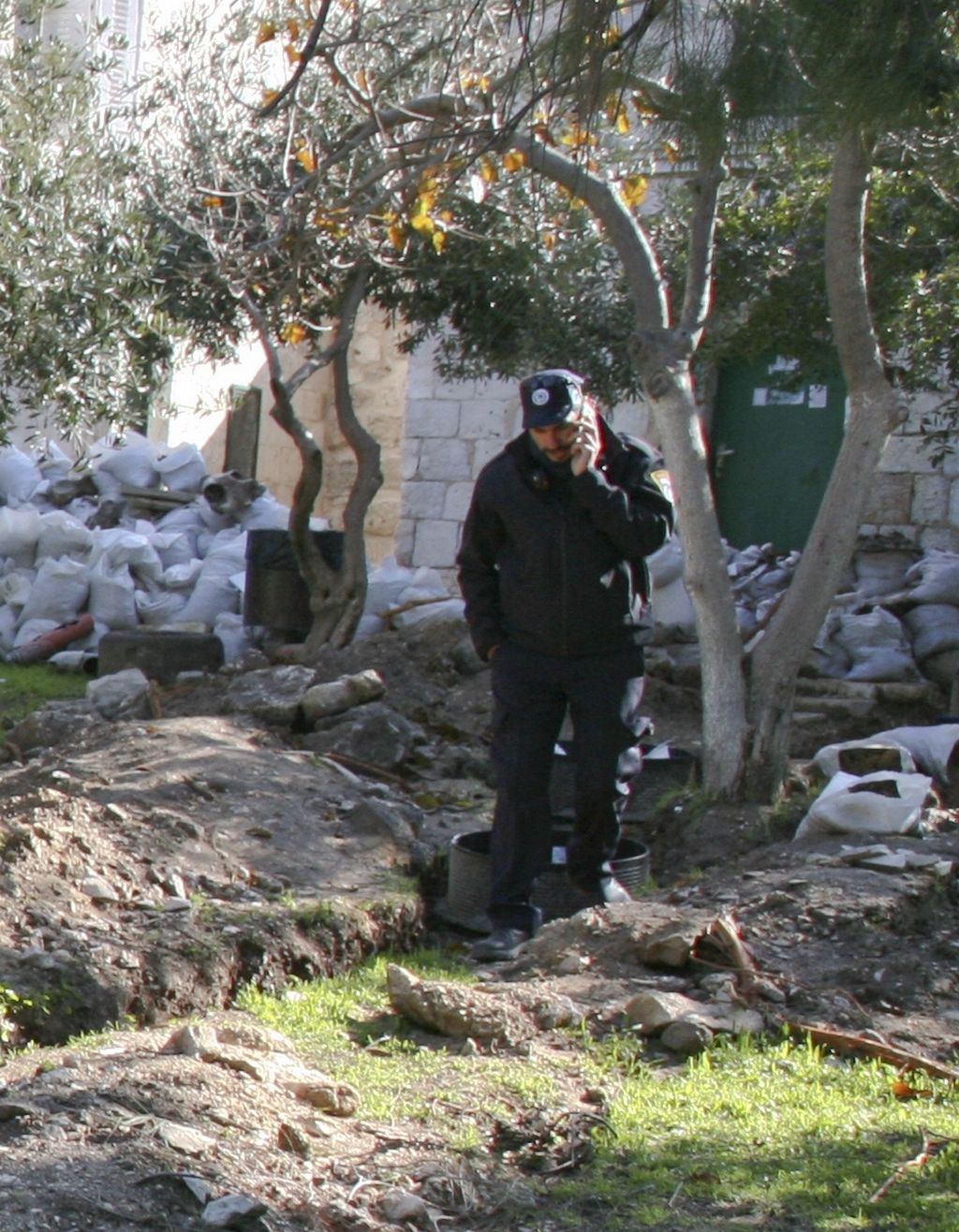
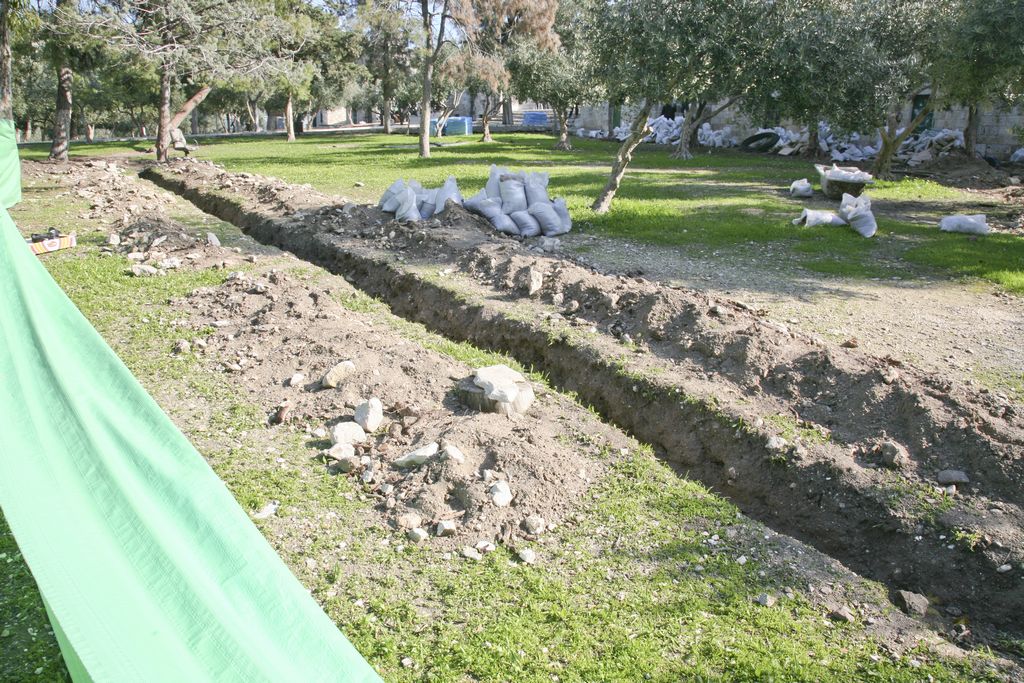
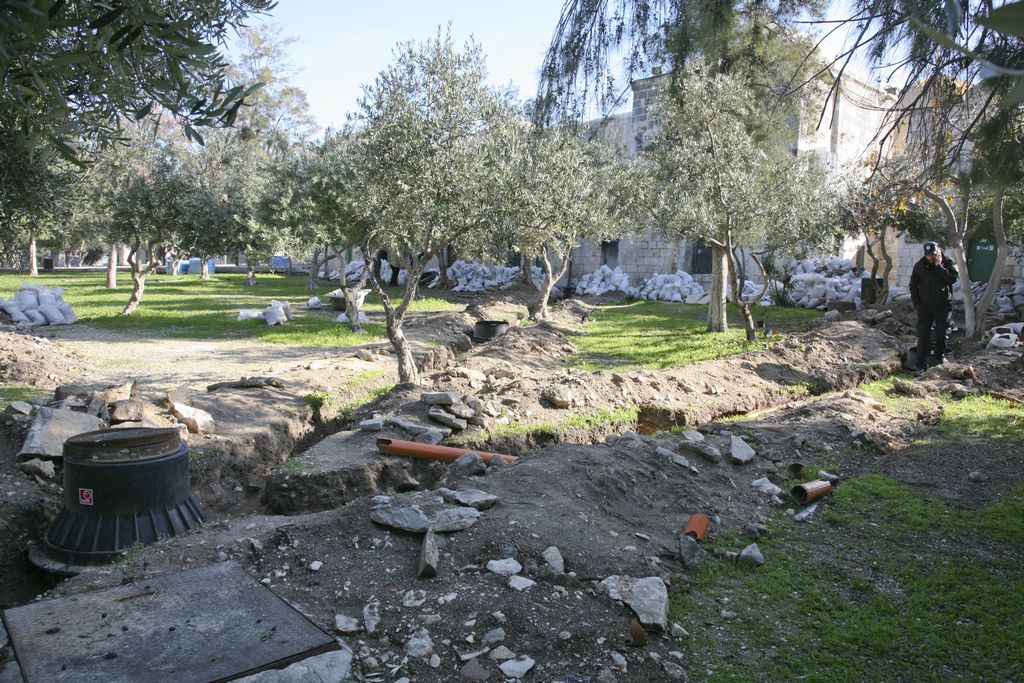
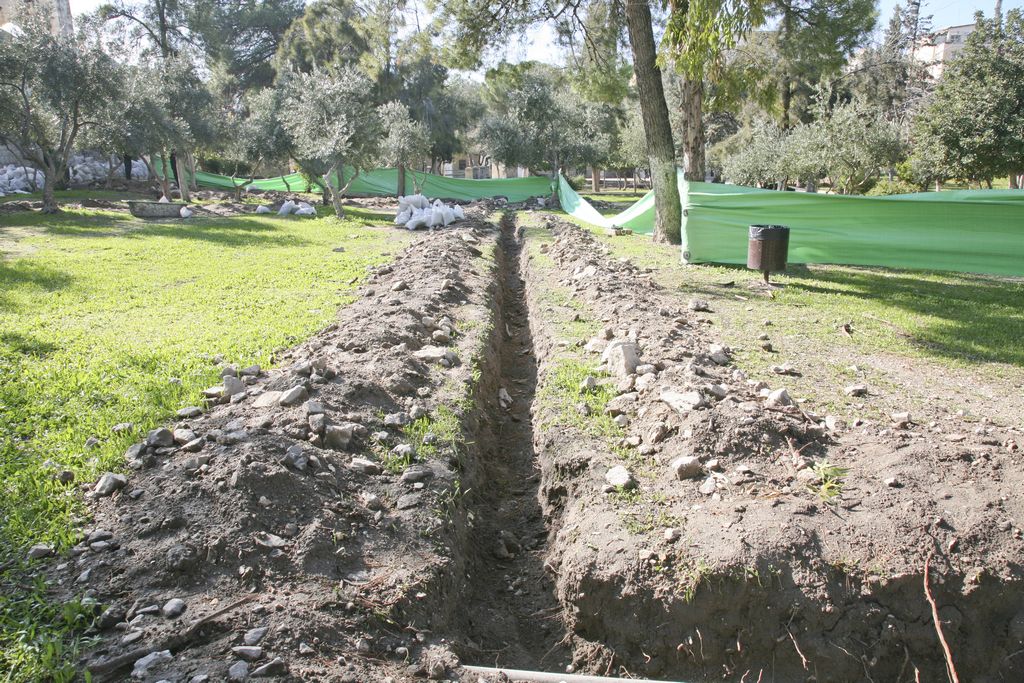




Leave a Reply
Want to join the discussion?Feel free to contribute!